Whoever ordered the weather for September deserves a refund. Early autumn in the Pacific Northwest is usually just about perfect: cool, crisp mornings, warm sunny days, and flowers resurging with their last best show of color after a warm summer. This year felt like we went straight from glorious summer to spiders and drizzle—not what anyone ordered, for sure! But, as we settle into autumn in earnest, it’s time to show our lawns a little love once again and plan for next spring with a few items for your fall checklist.
First, although October falls near the end of our calendar, it’s arguably the beginning of the year for lawns, especially if you choose to let your lawn go brown in summer. Although short days and cool weather prevent grass from growing much above-ground in winter, lawns—and several types of weeds—are awake and growing roots throughout much of fall and winter.
One grassy weed that many people battle in their lawns through spring and summer often gets its start in fall. Poa annua, commonly called annual bluegrass, is a coarse grassy weed that creates bright lime-green blotches in a lawn, and because it goes to seed at a very short height, it’s difficult to control since mowing may not cut off the seed heads. Poa thrives in mild, damp conditions, meaning seed can germinate in autumn and get established over winter—when you’re not paying attention. For this reason, I recommend applying a pre-emergent like Bonide Crabgrass Plus to control poa and other weeds that may grow through winter. Yes, a spring application is helpful as well, particularly for controlling crabgrass, but since poa grows both in spring and fall, make a preemptive strike with an application yet this fall.
A second lawncare task to accomplish this month is treating your lawn with lime. A dose of fast-acting lime will quickly correct a soil’s pH balance, discouraging moss growth and allowing grass roots to properly absorb nitrogen for thick, healthy turf. Apply fast-acting lime to your lawn this month and follow up in late October or November with a winterizer like Scotts Turf Builder Winterguard to wrap up your lawncare regimen for the season.
Third, despite the cool weather and rain we’ve had over the last month—or rather, because of those conditions—it’s still a perfect time to plant just about any and all shrubs, trees and perennials in your yard. Unlike spring planting season, plants you install this time of year will require minimal watering (and none once regular rains start) and will get established long before next summer’s heat kicks in. To encourage rapid root development and minimize transplant stress, water in your transplants with a vitamin solution like Bonide Root & Grow.
Finally, October is the perfect month to plant bulbs for spring color. Fill a pot by your front door with hyacinth and tulip bulbs and enjoy the enticing fragrance of hyacinth next spring followed by the classic beauty of tulips. Plant over top of your bulbs with winter pansies for color this fall and winter and enjoy a two-tiered effect of color when the bulbs grow up through the pansies next spring. If deer are a problem for you, plant daffodils as a deer-resistant spring bulb. In addition to being deer-resistant, daffodils are also best at naturalizing, meaning they’ll come back reliably year after year.
Sure, I feel robbed by our lousy September weather this year, but we did choose to live here, in this part of the world known for understanding the difference between “rain” and “showers.” So, watch the forecast, grab a raincoat if needed and let’s make the most of this month outside!


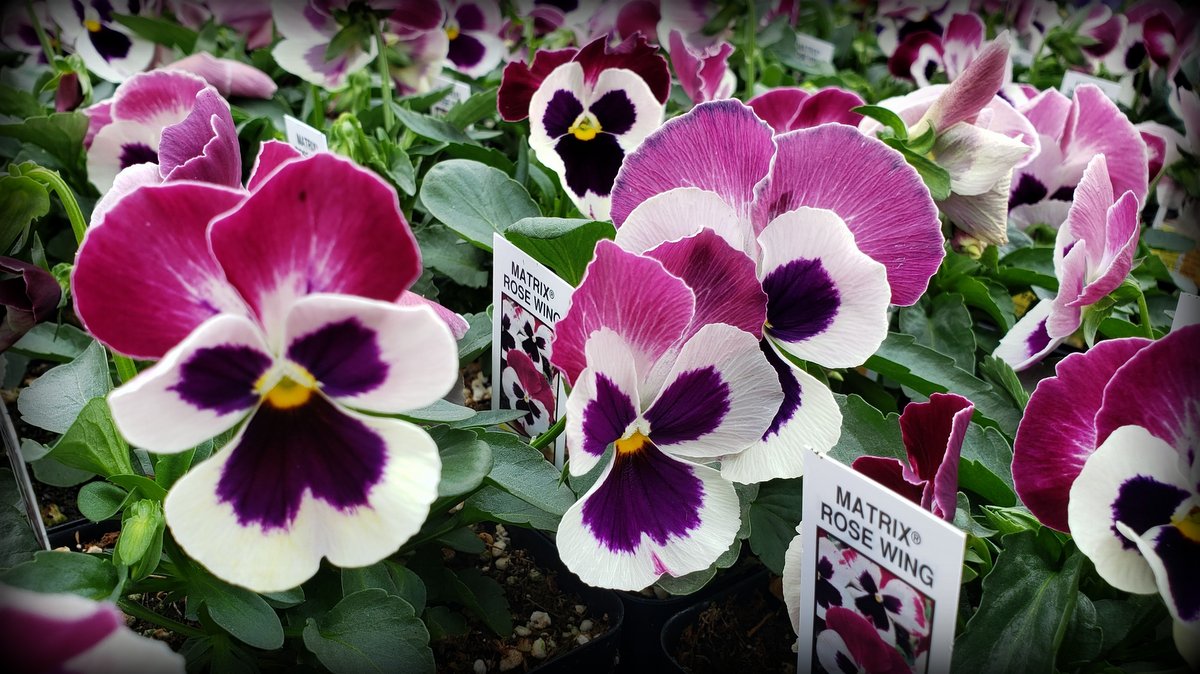
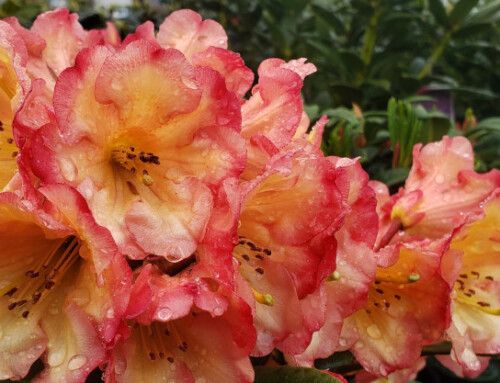
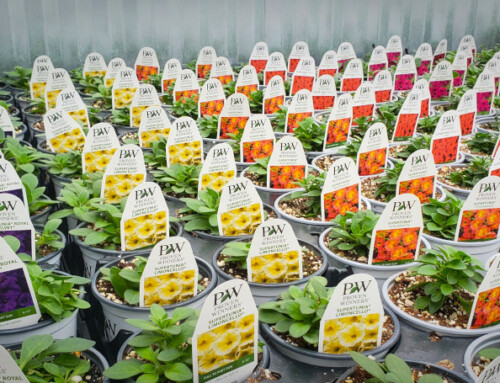
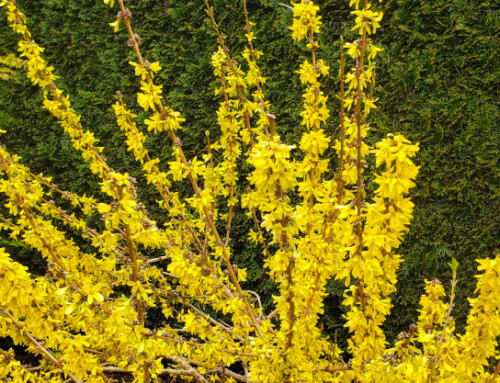
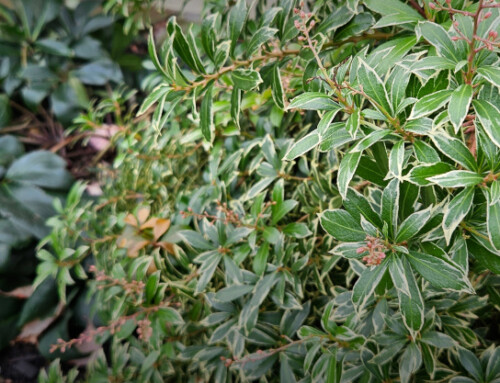
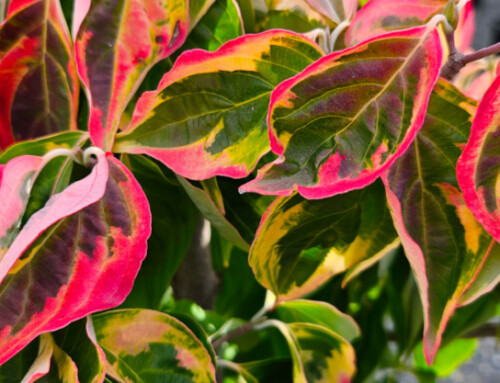
Leave A Comment